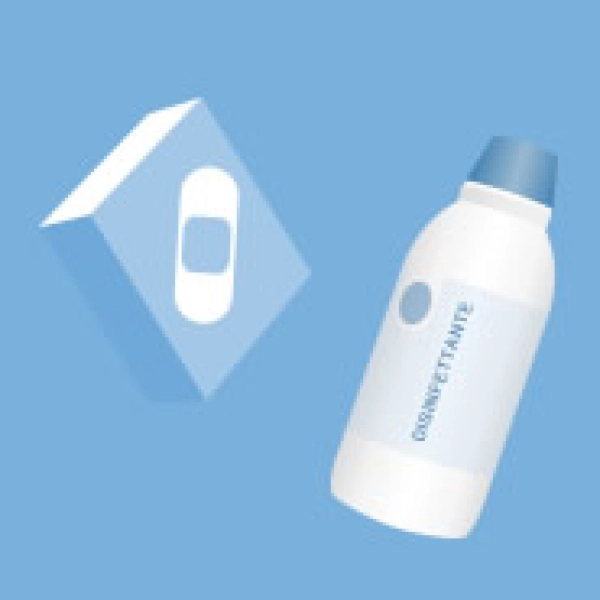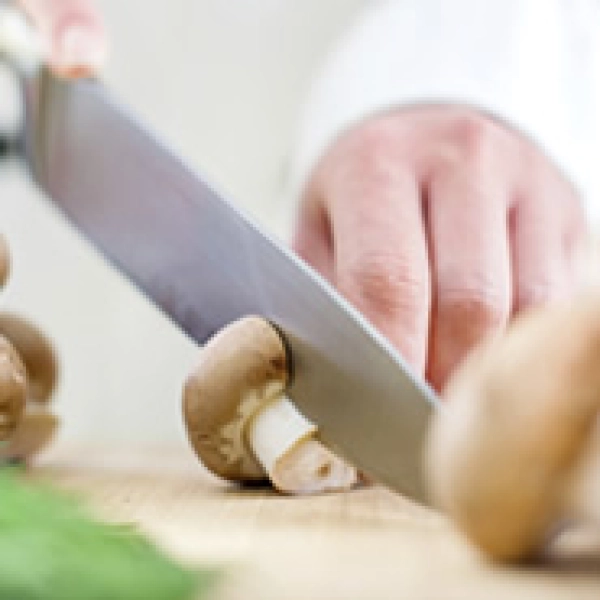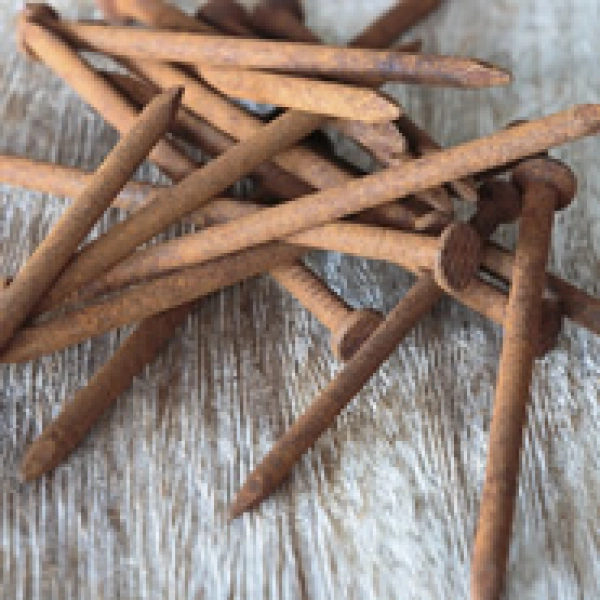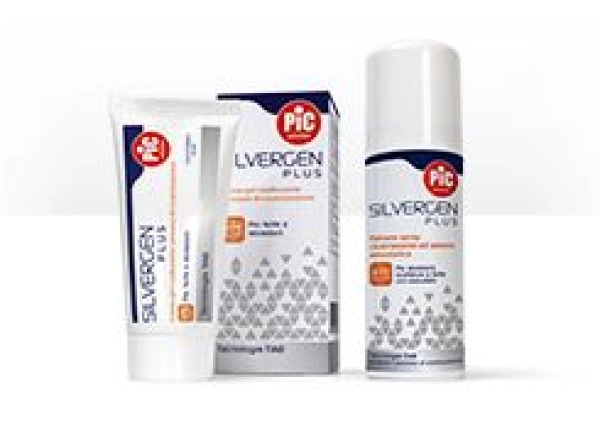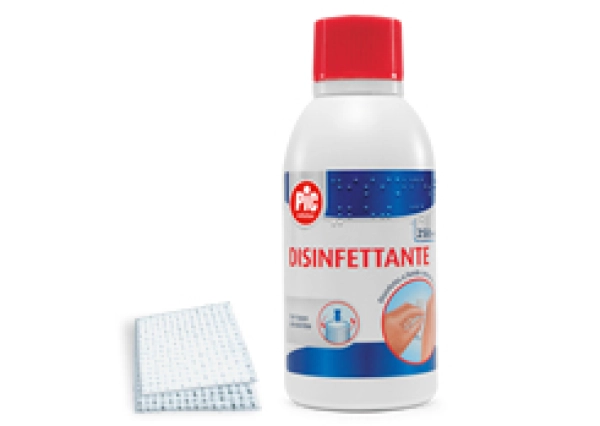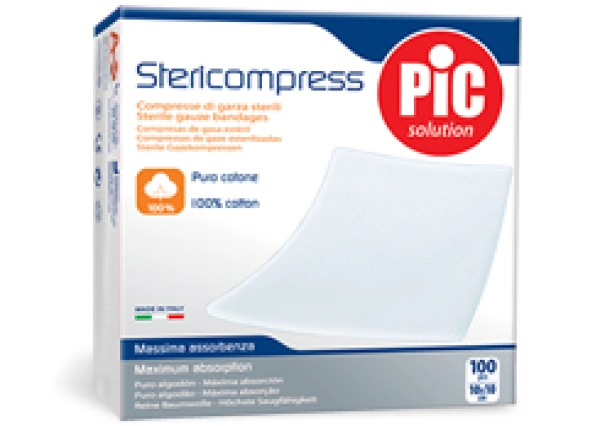

When the skin is not severely injured, a natural self-healing process begins. The wound is a shock to our epidermis, altering it more or less violently. Our body, however, does not remain indifferent to the wound: on the contrary, it triggers a physiological defense reaction that leads to healing through cicatrisation. How? For example by producing collagen, a protein fiber that repairs damaged tissues. If we don't do anything about it, in the absence of complications, the wound can take anywhere from a few days to up to two weeks after the accident to heal. In older people, who have more fragile skin, the whole process can extend considerably.
When it is wounded, our body reacts by starting a healing process divided into four phases, which often overlap. The first is called hemostasis and coincides with the interruption of bleeding through a mechanism that obstructs blood vessels and forms clots on the wound. After this first response, to heal the wound, the body activates a series of cells that literally make a clean sweep of any unwanted guests. Then, the tissues begin to regenerate (proliferative phase) and finally consolidate (remodeling phase) in order to return the skin to its original condition.
The physiological wound healing process, especially in older people, can take a long time. But some factors, such as humidity, can contribute to accelerating the body's defense reactions. Hydration of the wounded skin favors tissues' cellular restructuring - but it is completely normal not to be able to guarantee optimal hydration in ordinary environmental conditions. This is why cicatrisants are designed to maintain the necessary moisture on the injured skin.
Cicatrisant products contain a variety of substances that accelerate wound healing. In addition to classic natural repair oils, such as those obtained from olive trees or hypericum seedlings, there are other active ingredients and technologies that accelerate lesions' healing: for example, products based on silver and titanium oxides, which promote natural skin regeneration and avoid the harmful action of microbes by creating a protective film.
